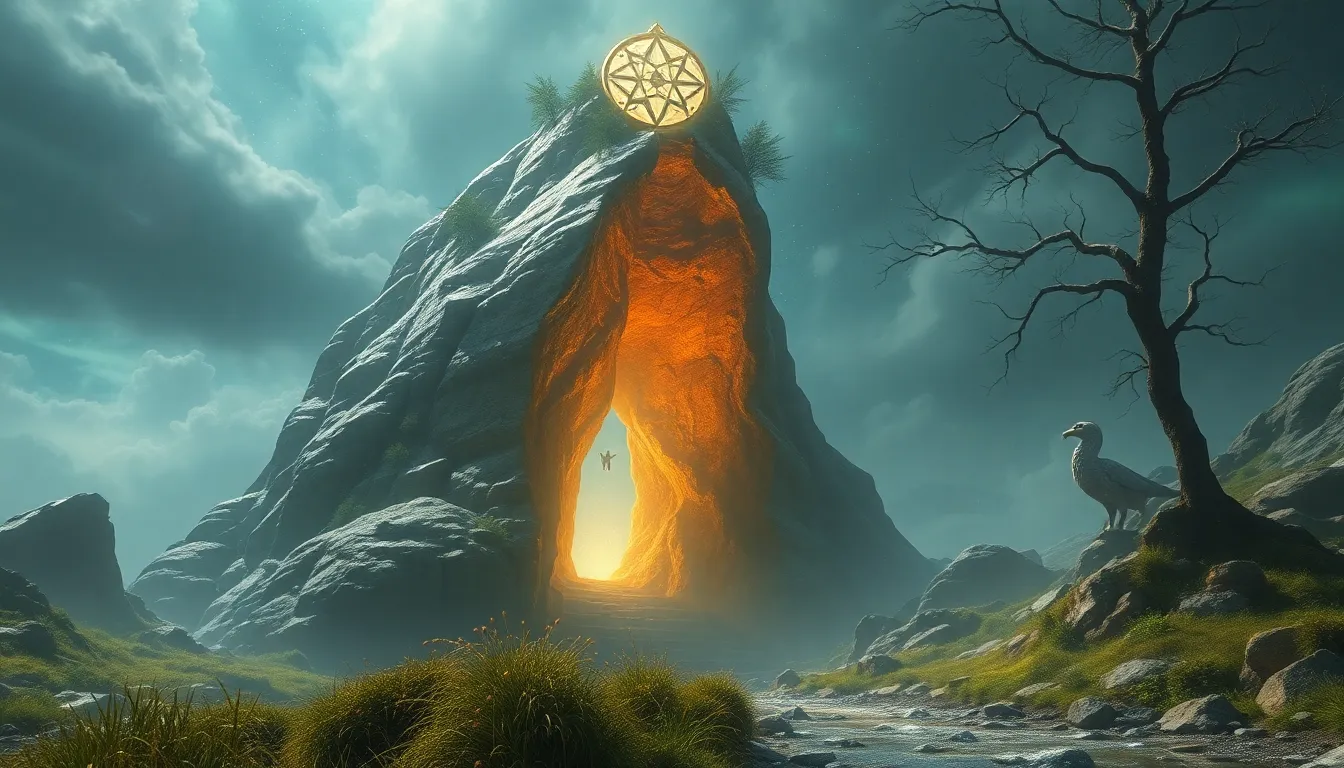The Gem of the Earth: Myths of Nature’s Treasures
Introduction: Unveiling Nature’s Treasures
Natural treasures, often manifested as gems and minerals, are more than mere objects of beauty; they are imbued with cultural significance and historical value. From dazzling diamonds to serene sapphires, these stones have captured human imagination and reverence across civilizations. Their allure is not solely aesthetic; they carry stories, beliefs, and a connection to the earth that resonates deeply with many cultures around the world.
The Allure of Precious Stones: Historical Context
Throughout history, precious stones have held a unique place in human society. Ancient civilizations revered gems for their beauty and rarity, often attributing them with mystical powers. For instance:
- Egyptians: Used lapis lazuli in burial rituals, believing it connected them to the divine.
- Greeks: Associated amethyst with sobriety and protection against intoxication.
- Romans: Utilized emeralds as symbols of fertility and rebirth.
The role of gems extended beyond personal adornment; they were vital in trade and economy. The Silk Road facilitated the exchange of these precious stones, influencing commerce and cultural exchanges between East and West.
Cultural Myths Surrounding Gems: A Global Perspective
Across the globe, gems have been woven into the fabric of folklore and mythology. Each stone carries its own tales and beliefs, often varying from region to region:
- Diamonds in India: Traditionally believed to bring good fortune and protect against evil.
- Jade in China: Revered for its associations with purity, wisdom, and harmony.
- Turquoise among Native Americans: Seen as a protective stone that brings peace and healing.
These myths reflect the values and beliefs of the cultures that cherish them, highlighting the significant role gems play in human storytelling.
The Mystical Properties of Gems: Beliefs and Practices
Many cultures attribute various healing properties to gemstones. The belief in their power transcends generations, with people employing them in both personal and spiritual practices:
- Amethyst: Believed to promote calmness and clarity of mind.
- Rose Quartz: Associated with love and emotional healing.
- Citrine: Thought to bring prosperity and success.
In spiritual and religious contexts, gems are often incorporated into rituals. For example, in Hinduism, certain stones are used in pujas (prayer rituals) to enhance spiritual energy.
Legends and Lore: Famous Gems in Mythology
Some gems have become legendary, capturing the imagination of people worldwide. The tales of these stones often intertwine with historical events and personalities:
- Koh-i-Noor: Once the largest diamond in the world, shrouded in tales of curse and conquest.
- Hope Diamond: Said to bring misfortune to its owners, captivating collectors and historians alike.
The impact of such legends extends to contemporary culture, influencing literature, art, and even fashion, as these stories continue to inspire.
The Earth’s Hidden Treasures: Geology and Formation of Gems
The creation of precious stones is a marvel of geology. Various geological processes contribute to the formation of these natural treasures:
- Metamorphic processes: Transforming existing rocks under heat and pressure into valuable gems like sapphires.
- Igneous processes: Forming diamonds from carbon under extreme conditions in the Earth’s mantle.
- Sedimentary processes: Creating opals through the deposition of silica in water.
The connection between these geological processes and the myths surrounding gems reveals a fascinating interplay between nature and culture.
Modern Interpretations of Gem Myths
In today’s world, traditional beliefs surrounding gems are often reinterpreted. Contemporary culture, influenced heavily by social media, has transformed how we view and understand these stones:
- Influencer Culture: Gem enthusiasts share their collections and beliefs, creating new narratives.
- Crafting Personal Myths: Individuals are inspired to create personal meanings and stories with their gemstones.
This evolution reflects a broader trend of blending ancient traditions with modern lifestyles, creating a dynamic relationship with nature’s treasures.
Sustainability and Ethical Considerations in Gem Mining
As the demand for gemstones grows, so do concerns regarding the sustainability and ethical implications of gem mining. The environmental impacts of extraction are significant:
- Habitat destruction: Mining often leads to the degradation of ecosystems.
- Water pollution: Chemicals used in extraction can contaminate local water sources.
Understanding the myths versus reality of gem mining is crucial for responsible consumption. Ethical sourcing initiatives aim to ensure that gems are mined with respect for both people and the planet, allowing consumers to make informed choices.
Collecting and Appreciating Nature’s Gems: Tips for Enthusiasts
For those interested in starting a gem collection or deepening their appreciation for these natural wonders, consider the following tips:
- Research: Learn about different types of gems, their histories, and their significance.
- Join clubs: Engage with local gem and mineral societies to connect with other enthusiasts.
- Visit gem shows: Explore exhibitions to discover rare specimens and meet knowledgeable vendors.
Resources such as books, online courses, and documentaries can also enrich your understanding of gems and their fascinating stories.
Conclusion: The Legacy of Gem Myths in Today’s World
The enduring fascination with gems reflects a deep-seated human connection to nature and the stories we tell about it. From ancient myths to modern interpretations, the legacy of gem lore continues to thrive. As we explore this captivating world, it is essential to find a balance between myth and reality, recognizing the beauty of these treasures while respecting their origins and the impact of our choices.




